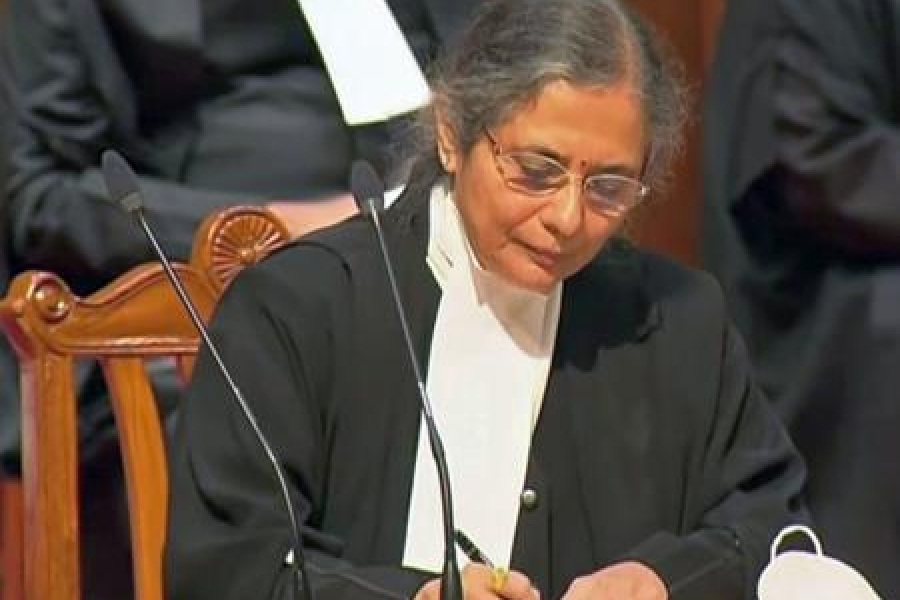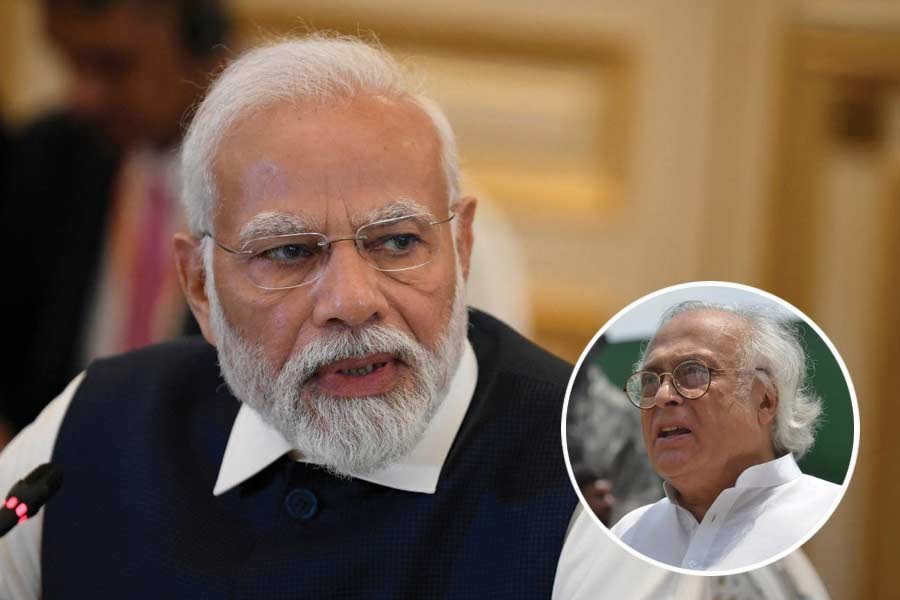 |
At the Auto Expo this year, all the top guns of the German auto industry ? Mercedes, BMW and Skoda (originally Czech, but German by virtue of being owned by Volkswagen) ? drew huge crowds. But the roadster that drew the biggest crowds was the pathbreaking TT from Audi.
One of Germany?s best known manufacturers, Audi has been making a comeback in recent years. The company has a long and distinguished ? but, at the same time, slightly chequered ? history. One must start by looking at the company logo that consists of four interconnected rings, each representing a founder company ? Horch, Audi, Wanderer and DKW ? all of which eventually came together to form Audi.
August Horch, who started as an engineer with Benz, was the founder of August Horch & Cie, founded in Cologne in November 1899. He had three years of experience working with Carl Benz in Mannheim as head of automobile production. In 1904, Horch relocated to Zwickau (which fell under East Germany after the partition). Some of the company?s cars were hits with the small community of auto buyers and others weren?t. In fact, the 7,500cc six-cylinder model Horch launched in 1907 led to rumblings within the company.
In 1909, Horch was forced to leave the company he started after differences with his board. He then formed a new one, also in Zwickau, on July 16, 1909 and called it Audi ? the Latin version of his own name. On April 25, 1910 Audi Automobilwerke GmBH, Zwickau commenced operations.
Meanwhile, in Chemnitz, which post-partition, also became a part of East Germany, two mechanics had opened a bicycle repair business in 1885. Demand was high at the time and Johann Baptist Winklhofer and Richard Adolf Jaenicke found the going good. It wasn?t long before the two decided to start making bicycles which were sold under the brand name, Wanderer. The company itself was formed in 1896 and was called Wanderer Fahrradwerke AG. It expanded into producing motorised bicycles and by 1913, cars were next in line ? the p?ppchen, a two-seater being the first.
Also in Chemnitz, around 1904, a company, Rasmussen & Ernst was founded by Jorgen Skafte Rassmussen to make car accessories and components. In 1907, he moved the company to Zschopau and decided to get into automobile manufacturing. However, Skafte was interested in steam power and in 1916, he registered DKW as a trademark. He wasn?t too successful and in 1919, the company, under the name of Zschopauer Motorenwerke, began making small two-stroke engines, that made DKW a force to reckon with. Again, the lure of making automobiles proved too much for this pioneer and in 1928, the first small DKW car appeared on the market.
Unfortunately, Germany was heading for bad times financially and soon to survive, companies began to merge. In June 1932, the State Bank of Saxony guided the merger of Audiwerke, Horchwerke and Zschopauer Motorenwerke-DKW to form Auto Union AG, based in Chemnitz. To the new company was added the automobile division of Wanderer. With this merger, the new company became the second-largest automobile company in Germany. The company logo became the four interconnected rings, the brand names were retained and each was assigned a specific market. DKW made motorcycles and small cars, Wanderer made mid-sized cars, Audi made luxury mid-sized cars while Horch produced top-of-the-line super luxury cars.
Encouraged by the governement, Auto Union also started making waves with their fabulous racing cars, which successfully took on Mercedes on the track.
After World War II, Chemnitz fell in the Russian zone and Auto Union AG was unfortunately taken over by the erstwhile Soviet Union. The chief architects of the company took refuge in Bavaria?s Ingolstadt where a new company, Auto Union GmBH was set up in 1949. Its first products: two-stroke DKWs, motorcyles, cars and vans.
In 1965, the company started to produce four-stroke engined cars under the Audi name and DKW production came to a halt. The Volkswagen Group took over the Ingolstadt company, but the name remained Auto Union GmBH.
However, the Audi story does not end there. After years of producing knitting machines, a company called Neckarsulmer Strickmaschinenfabrik diversified into bicycles in 1886, motorcycles in 1901 and cars in 1906. Car production was stopped in 1929 but resumed in 1958. However, in March, 1969 the company, NSU Motorenwerke AG by now, merged with Auto Union GmBH to form Audi NSU Auto Union AG, based in Neckarsulm. NSUs continued to be produced until 1977 after which the company only manufactured Audi cars. In 1985, the company underwent its final name change, to become Audi AG. The new company?s registered headquarters were transferred to Ingolstadt.
Today, besides making a range of cars for all budgets, Audi AG is also deeply involved in motorsport. Not only is it the current DTM (Deutsch Touring Meisterschaft or German Touring Car Championship) champion, beating the likes of Mercedes and Opel, but it also dominates in the Le Mans 24 Hour endurance race. The company?s thrust on high- tech cars is reflected in their slogan ? Vorsprung durch Technik or Ahead through Technology. And of course, I saved the best for last: it won?t be long before Audi AG cars will be seen kicking up dust on Indian roads.
My first car
 |
Sunil Gangopadhyay
author
The very first vehicle that I owned was a Morris Minor, a foreign car which I bought second-hand from a friend. It was jet-black in colour and quite small, so much so that it looked like an ant, especially when most of the other cars on the roads were large, cumbersome Ambassadors. Even then, I loved my old Morris Minor and have innumerable memories associated with it. The only problem was that being a foreign marque, repairing it when the need arose used to be rather troublesome. It was really difficult getting the same parts and even if we managed to find them, they used to cost a lot more. My wife used to get really frustrated with the state of affairs and one day, when the car had developed some problem yet again, she asked some people if they’d like to purchase it. One person did agree and that’s how the car got sold. I was out of town then and needless to say, was quite angry to hear what had happened when I returned. Since then, I’ve owned an Ambassador, a Maruti Zen and now I have a Hyundai Santro, yet I can never really forget my good old Morris Minor.
AS TOLD TO JANINE WYNNE-PETERS










